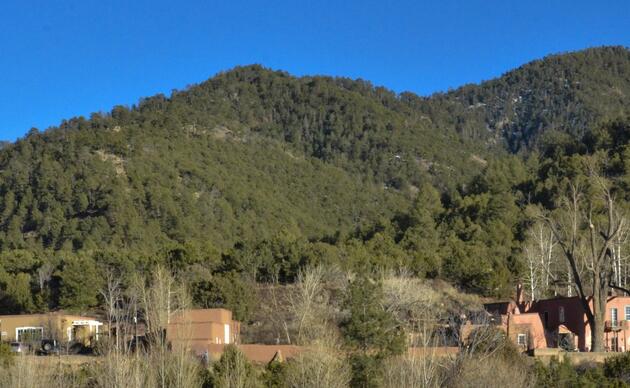As we roll into Spring, our landscapes are unusually green, streams are flowing, and blooming wildflowers are impossibly colorful. This winter’s high precipitation might be pushing concerns over Arizona’s water future to the back of your mind – but it shouldn’t. Instead, this boom of productivity should remind you of how incredibly important water is for Arizona’s habitats, birds, and other wildlife. A single wet winter does not reverse the long-term trend of warming and aridification across the Southwest, and that is why we’re still hard at work protecting Arizona’s rivers. Read on to learn what we’ve been up to and how you can take action.
-
Drought Contingency Plan:
Last week, the seven Colorado River Basin states, including Arizona, signed on to the DCP letter to Congress, initiating a federal process that will allow for the implementation of the plan. It won’t solve all of our water issues, but it reduces the risk of Lake Mead reaching catastrophically low levels, increases the likelihood of maintaining a flowing Colorado River, and is a win for birds like the Western Yellow-billed Cuckoo, Southwestern Willow Flycatcher, and Yuma Ridgway’s Rail.
Audubon remains focused on getting the federal portion of DCP across the finish line and we will alert you of opportunities to help.
- State Policy:
So far this legislative session, Arizona WRAN members have taken action nearly 2,000 times, resulting in nearly 5,000 letters sent to Arizona’s elected officials on topics ranging from the DCP to groundwater management. In addition, Audubon Policy Manager Haley Paul testified at House Natural Resources, Energy, and Water and Senate Water and Agriculture Committee hearings in support of a bill that would provide grants to remove invasive plants along waterways and replace them with native vegetation. This measure passed both the House and the Senate and we are watching for when it will head to the Governor’s desk for signature into law. HB 2111, legislation which would allow counties that have previously opted in to the adequate water supply rules to now opt out, has been held on the floor of the House—and not voted on. This could be a good sign that there are not the votes to allow it to pass. Review this WRAN Action Alert for more details. Lastly, we are happy to see that HB 2271, designating the first Saturday in April as Public Lands Day, passed out of the Senate Natural Resources and Energy Committee, after a 60-0 in the Arizona House. Next stop, Senate floor. Congratulations to our partners in the hunting and angling community (many of whom are part of our Wildlife Resource Partners team) for their hard work on this. We can’t wait to celebrate this achievement!
-
River Restoration:
Last month, Audubon Arizona, the National Forest Foundation, Western Rivers Brewers’ Council, and Northern Arizona University partnered up to plant nearly 600 trees, spread seeds, and construct protective brush barriers along a previously burned reach of the Salt River within the Lower Salt and Verde Riparian Ecosystem Important Bird Area. Some 70 volunteers showed up to restore an area of the Salt River, the largest tributary of the Gila River and an important tributary of the Colorado River.
In addition to bird habitat, the Salt River provides drinking water to the greater Phoenix area as well as water for local breweries. Four Western Rivers Brewers’ Council members, O.H.S.O., Pedal Haus, and Oro, in addition to Sinagua Malt, collaborated to provide a tropical IPA beer called “Summer on the Salt” in honor of the event. Volunteers tried the Pineapple-Guava IPA at O.H.S.O. Brewery’s Gilbert location after the restoration project.
This workday is just a small part of ongoing restoration work being conducted by the National Forest Foundation and NAU on the Salt River, and Audubon plans to stay involved every step of the way. Even our River Pathways students are getting involved by monitoring the restoration area during off-site field trips. Their work will help inform future restoration efforts, so keep your eyes open for the next volunteer workday!
No matter how you prefer to take action, whether it is using your voice to support sound water policy or using your hands to make an on-the-ground impact, we appreciate your engagement in our work protecting Arizona’s rivers for the birds, fish, wildlife, communities, and economies they support. Stay tuned for more action opportunities!
Join the Network | Take Action | Events and Webinars | Water in the News | Follow us on Facebook | Donate | Storymaps | Landowner Guides

By Steven Prager
Randall Davey Audubon Center and Sanctuary
Visit the Randall Davey Audubon Center and Sanctuary in Santa Fe, New Mexico.



